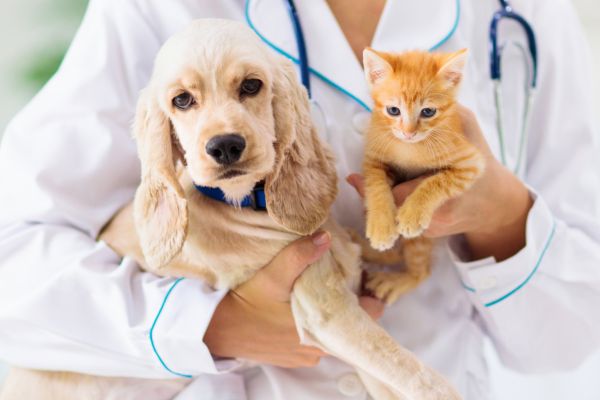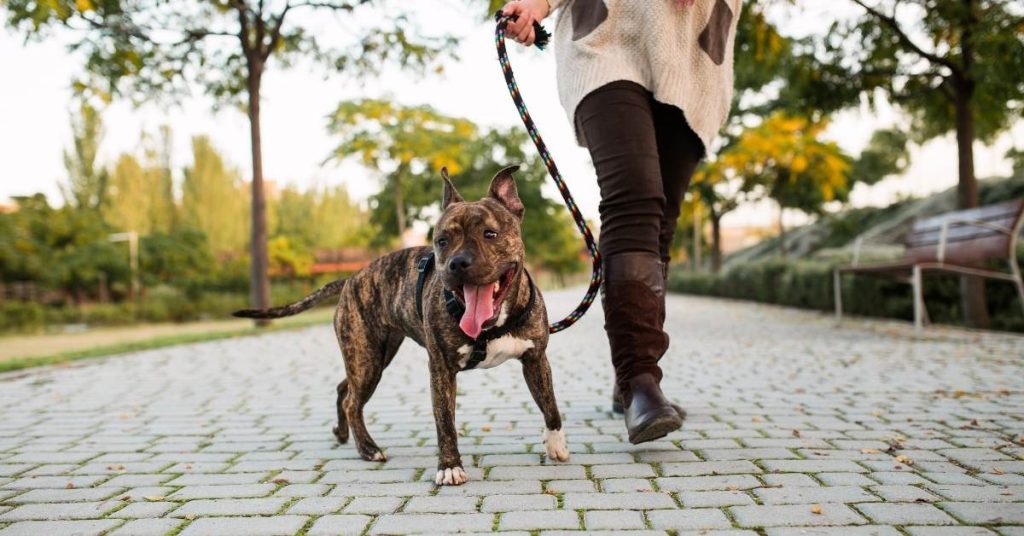How can you provide the best care for your pets while keeping costs reasonable? By taking steps to reduce the chances your pet will require expensive, unplanned medical care and expenses.
Here are some ideas to help, along with links for further reading:
1. Get Regular Wellness Checkups
Prevention is always better (and less expensive) than a cure. Pets’ metabolism hums along at a rate 7-10 times faster than our own, so disease processes move faster too. Pets often hide illnesses and your “seems healthy to me” pet may not be as well as you think.
Action Step: Make sure your adult pets (age 1-7 years) are seen by their veterinarian for a complete wellness physical at least once a year, and senior pets (age 8+ years) are seen at least twice yearly.
Keep up with the vet’s preventive care recommendations, such as routine vaccinations, internal and external parasite prevention, screening lab tests, and dental care.
2. Keep Your Pet at A Healthy Weight
So many diseases in humans and pets can trace their origin to being overweight or obese. We see increased rates of arthritis, cancer, and diabetes in overweight pets, as well as more skin problems and urinary tract infections. Overweight pets die at a younger age.
Action Step: Some pet owners don’t recognize that their pet is overweight – ask us about some simple tools we can provide to help determine if your pet’s weight is healthy and be sure to discuss slimming strategies with our doctors if your pet needs help.
3. Take Care of Your Pet’s Teeth
Dental health is an extremely important part of keeping pets (and people) healthy. Dental disease can lead to tooth loss and oral cancer. Infection, inflammation, and pain in the mouth contribute to inflammation and infection in other parts of the body, such as internal organs and joints.
TIP: Pets with good dental health throughout their life can live 2-4 years longer – that’s often a 25% increase in lifespan!
4. Regularly Exercise Your Pet
Moderate daily exercise is imperative for cats and dogs to keep their muscles and joints healthy, as well as their minds.
No need to run 10 miles, but twice-a-day walks for dogs (even senior dogs) and daily active playtime for cats immensely improve their quality of life, keeping their muscles strong, joints limber, and brains sharp. And it’s good for you too!
5. Pet-Proof Your Home and Yard
Make sure your fenced yard is escape-proof, and your pet is microchipped and wearing a collar with ID tags.
Keep dangerous foods, plants, cleaning products, toxins, and medications out of your pet’s reach.
Make sure household items that could become an intestinal foreign body are kept away. Worn toys, string, dental floss, thread, ribbons, underwear, socks, ponytail holders, and pacifiers are common items we remove from pet’s insides during emergency surgeries.
Keep rat poison and slug bait away from pets.
Don’t allow dogs to play along streams where they can drink the water or come in contact with dying salmon.
6. Budget For Well Pet Care & Emergencies
Wellness plans and pet health insurance are two products to consider to help avoid unwelcome spikes in your family budget when your pet needs care, whether preventive care or medical care for an illness or injury.
TIPS: Know the difference between a wellness plan and insurance.
Wellness plans spread the cost of routine preventive care (routine exams, vaccines, lab work, and procedures such as dental cleanings) you were planning to purchase any way over 12 months. They often include modest perks such as discounts, free nail trims, etc., making routine care a line item in a family budget.
Pet insurance, on the other hand, is useful in the case of unplanned illness or injury, helping to pay for surgery, non-routine laboratory tests, hospitalization – a product you’re glad to have if your pet needs it, but are hoping that he or she doesn’t.
Alternatively, you can “self-insure” and be prepared for an emergency with a pet emergency health savings account by putting away funds each month in a special account reserved just for your pet and having room on a credit card if an emergency comes up before your savings account reaches a sizable balance.
7. Spay or Neuter Your Pet
Recommendations for the timing of spaying and neutering are evolving with new evidence.
However, unaltered pets are considerably more likely to get lost, develop undesirable behaviors, have an increased risk of certain health problems, and contribute to the pet over-population problem with an unplanned mating.
TIP: If your pet is not spayed or neutered yet, please discuss this with our doctors.
Check Out Our Series on Pet Adoption
Part 1: Should I Adopt a Puppy or an Adult Dog?
Part 2: 4 Important Decisions to Make Before Adopting a Dog
Part 3: The Perfect Dog Breed for You, Based on Your Enneagram Personality Type
Part 4: 15 Tips for Socializing Your Puppy
Part 5: 6 Steps to Introduce a New Dog to Your Current Dog
Part 6: 10 Tips for Adopting a Cat
Part 7: 5 Steps to Introducing a New Kitten to Your Resident Cat








